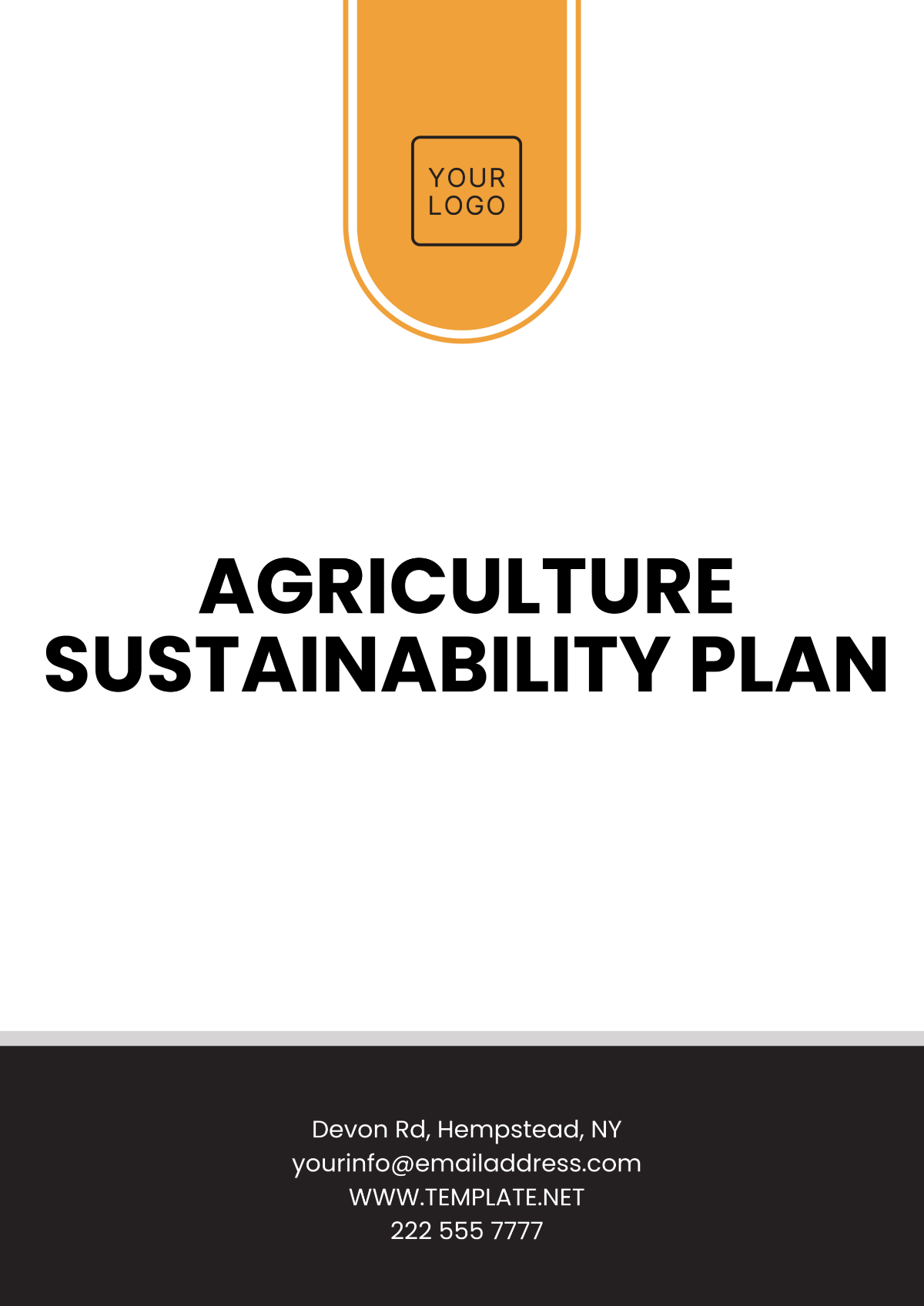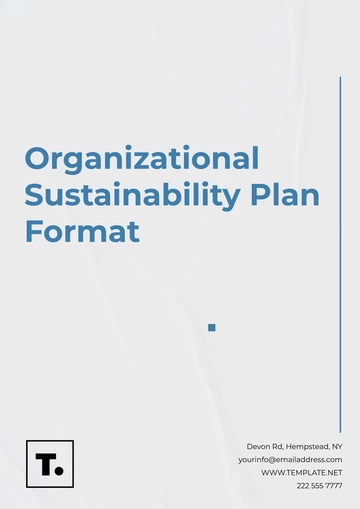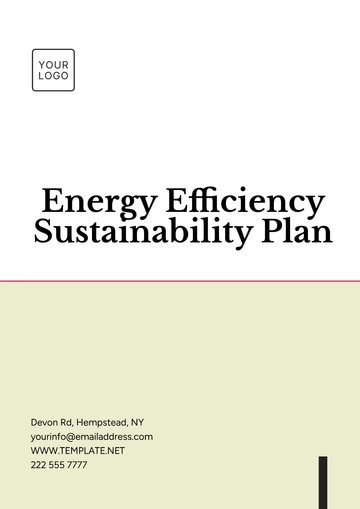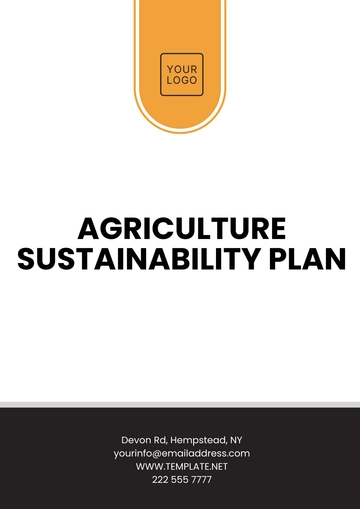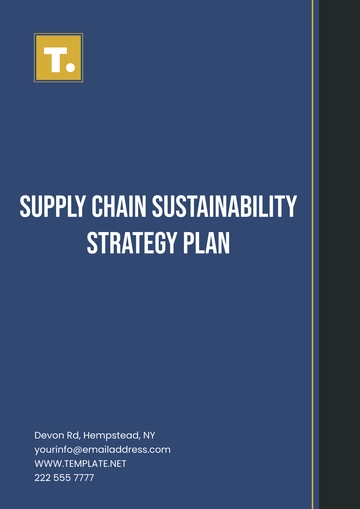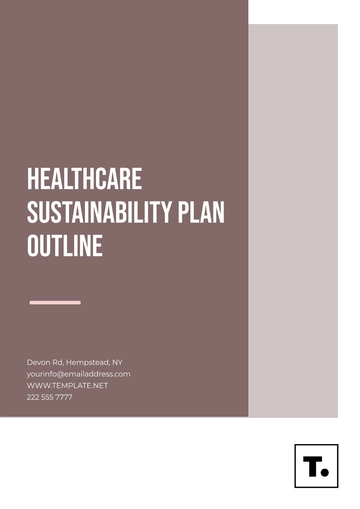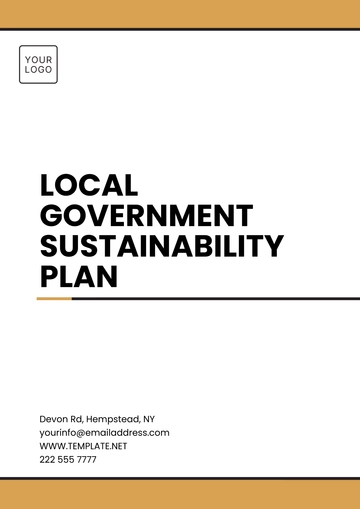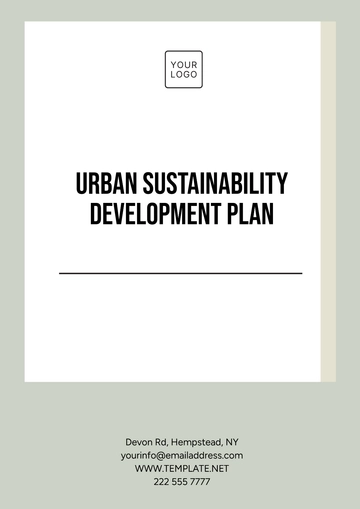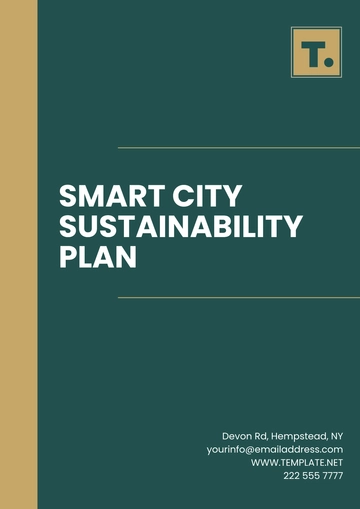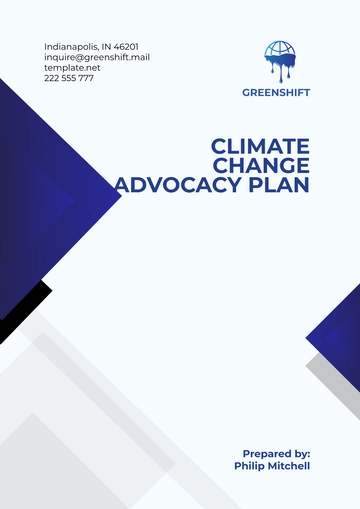AGRICULTURE SUSTAINABILITY PLAN
Date: [Date]
Prepared By: [Your Name]
Executive Summary
The Agriculture Sustainability Plan aims to ensure the long-term viability of agricultural systems by promoting practices that protect the environment, enhance social equity, and support economic stability. This plan focuses on integrating sustainable farming techniques that optimize resource use, minimize environmental impact, and support local communities.
Introduction
Purpose
The primary purpose of this plan is to guide agricultural practices toward sustainability by addressing the challenges of climate change, resource depletion, and economic inequality while fostering a resilient food system.
Scope
This plan will focus on key aspects of agricultural sustainability, including soil health, water management, energy use, biodiversity, and social responsibility, while supporting the economic needs of farmers.
Sustainability Objectives
Environmental Sustainability
Enhance soil health and fertility through crop rotation, cover cropping, and organic fertilizers.
Reduce water usage by implementing efficient irrigation systems and rainwater harvesting techniques.
Decrease carbon footprint by promoting renewable energy sources and reducing reliance on fossil fuels.
Protect biodiversity through integrated pest management and preserving local ecosystems.
Economic Sustainability
Support the profitability of farms through diversification and value-added products.
Encourage fair trade practices and access to markets for smallholder farmers.
Provide financial incentives for farmers adopting sustainable farming practices.
Social Sustainability
Improve the well-being of farming communities by promoting fair labor practices and community engagement.
Support education and skill development in sustainable farming techniques for farmers.
Promote food security by supporting local food production and distribution systems.
Strategic Initiatives
1. Soil Management Practices
Implement organic farming practices to improve soil health, such as composting and reducing chemical fertilizer use.
Promote the use of agroecological practices like crop rotation and agroforestry.
Introduce soil testing to help farmers optimize nutrient management.
2. Water Conservation and Management
Install water-efficient irrigation systems such as drip irrigation and sprinkler systems.
Implement rainwater harvesting systems to reduce reliance on groundwater.
Encourage the use of drought-resistant crops and the maintenance of soil moisture.
3. Renewable Energy Integration
Encourage the use of solar, wind, and bioenergy on farms to reduce dependence on non-renewable energy sources.
Provide grants or subsidies for farmers to install renewable energy systems.
4. Waste Reduction and Recycling
5. Promoting Biodiversity
Encourage the planting of diverse crop species to promote resilience against pests and diseases.
Maintain buffer zones, hedgerows, and natural habitats to support wildlife and pollinators.
6. Social Responsibility and Community Engagement
Promote equitable access to land and resources for marginalized farmers.
Provide education and technical assistance to farmers to enhance their sustainability practices.
Foster partnerships between farmers, local governments, NGOs, and businesses to build resilient agricultural communities.
Implementation Plan
Phase 1: Research and Education (Year 1)
Conduct research on sustainable farming practices suitable for the region.
Develop educational materials and training programs for farmers.
Establish partnerships with local agricultural extension services for outreach.
Phase 2: Pilot Projects (Year 2-3)
Phase 3: Expansion and Scaling (Year 4-5)
Expand successful pilot projects to additional farms.
Scale up training programs and workshops to reach a wider audience.
Implement policies that incentivize the adoption of sustainable practices across the agricultural sector.
Resource Allocation
Funding: Allocate a budget for research, training, infrastructure development, and subsidies for renewable energy and water conservation systems.
Human Resources: Engage experts in sustainable agriculture, community leaders, and agricultural extension workers for implementation and training.
Technology and Tools: Invest in technology such as soil sensors, irrigation management software, and renewable energy systems.
Monitoring and Evaluation
Progress Tracking: Use indicators such as crop yields, water usage, soil quality, and biodiversity levels to measure the success of sustainable practices.
Annual Review: Conduct annual reviews to assess the effectiveness of the plan and make necessary adjustments.
Farmer Feedback: Gather input from farmers to ensure that the plan meets their needs and encourages participation.
Conclusion
This Agriculture Sustainability Plan outlines a path to ensuring the long-term health of our agricultural systems. By focusing on environmental protection, economic viability, and social equity, we can create a sustainable and resilient food system that benefits farmers, communities, and the environment.
Plan Templates @ Template.net
